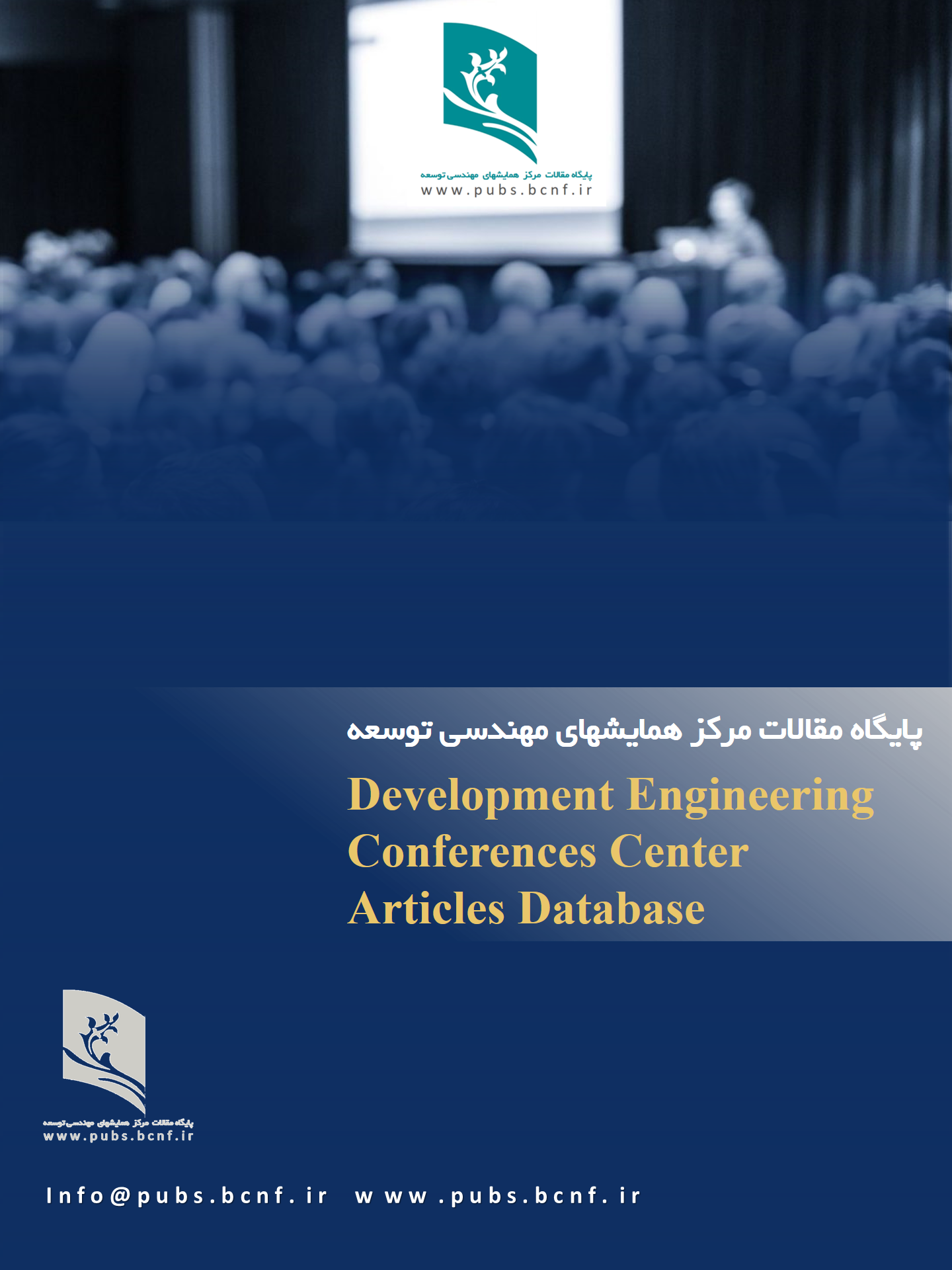Development and Validation of a 2D-LC-MS/MS Analytical Method for Quantitative Determination of Ursodoxycholic Acid in Human Plasma
DOI:
https://doi.org/10.5281/zenodo.17058074Keywords:
Ursodoxycholic Acid, 2D-LC-MS/MS, analytical validation, pharmacokinetics, internal standard, ICH M10, human plasmaAbstract
This study presents the development and validation of a novel two-dimensional liquid chromatography-tandem mass spectrometry (2D-LC-MS/MS) method for the quantitative determination of Ursodoxycholic Acid (UDCA) in human plasma. The method utilizes a two-phase separation system combining Thermo 5CM and 3CM columns, with electrospray ionization (ESI) operating in negative ionization mode. Internal standardization with Valsartan ensured high accuracy and precision. Calibration was performed across a range of 50–8000 ppb, achieving linearity with R² > 0.99 and a weighted regression model (1/x). Analytical validation followed ICH M10 guidelines, evaluating parameters including linearity, sensitivity, matrix effects, and reproducibility. Validation results demonstrated a relative standard deviation (RSD) below 10% for intra- and inter-day analyses. This method was successfully applied to analyze plasma samples from clinical trial participants, demonstrating its robustness and applicability for pharmacokinetic studies of UDCA. This innovative approach offers enhanced resolution and precision, supporting the reliable quantification of UDCA in complex biological matrices.
Downloads
References
Boscolo, P., et al. (2021). Development of an LC-MS/MS method for bile acid quantification: Challenges and advancements. Journal of Chromatographic Science, 59(4), 345–355.
ICH. (2019). M10: Bioanalytical Method Validation. International Council for Harmonisation of Technical Requirements for Pharmaceuticals for Human Use. Available at: https://www.ich.org.
Jones, A., et al. (2020). Advances in 2D-LC-MS/MS for plasma sample analysis: Applications and challenges. Analytical Chemistry, 92(10), 7892–7900.
Li, T., et al. (2020). Addressing matrix effects in LC-MS/MS: A critical review. Bioanalysis, 12(6), 387–400.
Ma, J., et al. (2021). Quantitative analysis of bile acids using advanced liquid chromatography techniques. Journal of Pharmaceutical and Biomedical Analysis, 195, 113838.
Smith, D., & Taylor, R. (2022). Internal standardization in mass spectrometry: A focus on precision and accuracy. Trends in Analytical Chemistry, 148, 116515.
Wang, Y., et al. (2020). High-throughput LC-MS/MS for pharmacokinetic studies: Method development and validation. Clinical Pharmacokinetics, 59(7), 847–860.
Zhang, X., & Lin, H. (2022). The role of bile acid quantification in therapeutic monitoring: Emerging tools and techniques. Therapeutic Advances in Chronic Disease, 13, 20406223221089874.



